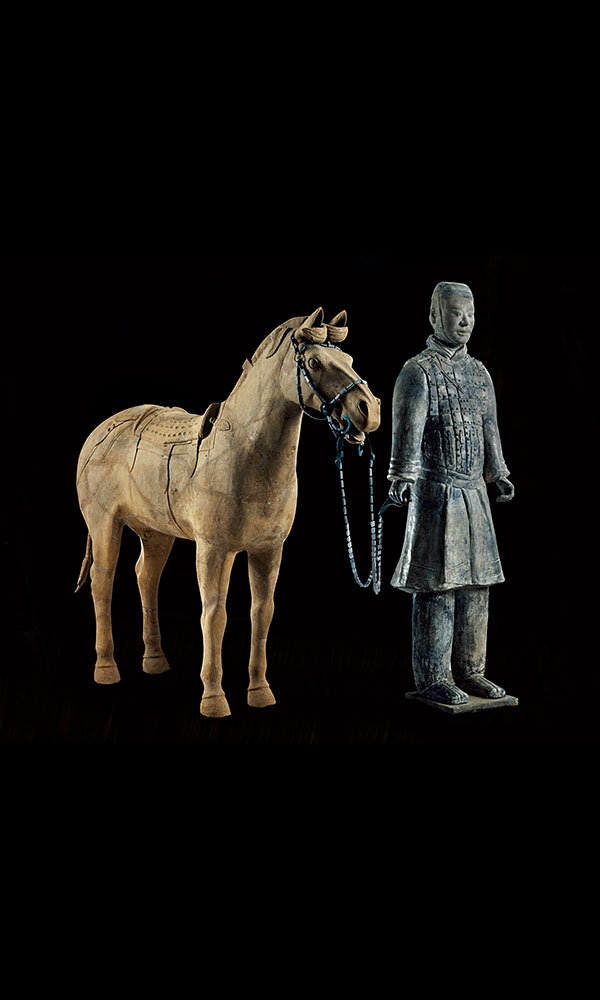BUTTE, MONTANA—A team of University of Montana archaeologists is at work in the historic Butte neighborhood known as the Cabbage Patch searching for Prohibition-era artifacts left behind by widows who took on the role of bootleggers. The impoverished community was occupied by lower class mining families during the Prohibition Era. Widows who lost their husbands to mining accidents were known to take up the making of moonshine just to get by, often with the tacit approval of law enforcement. Led by archaeologist Kelli Casias, the team plans on excavating three sites in Butte. Should they find enough artifacts from the era, “it'll change our perspective on Prohibition," Casias told NBC News Montana. "It will change the whole story completely." For more on the archaeology of immigrant settlements in the West, go to "America's Chinatowns."
Searching for Prohibition’s Bootlegging Widows
News August 13, 2015
Recommended Articles
Letter From Texas March/April 2019
On the Range
Excavations at a ranch in the southern High Plains show how generations of people adapted to an iconic Western landscape

Letter from Brooklyn September/October 2018
New York City's Dirtiest Beach
Long-lost clues to the lives of forgotten New Yorkers are emerging from the sands at Dead Horse Bay

Letter from England July/August 2018
Inside the Anarchy
Archaeologists explore the landscape of England’s first civil war
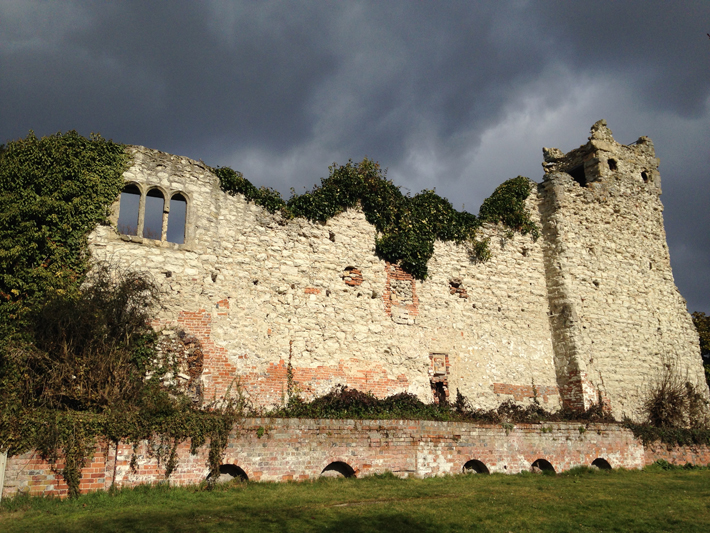
Artifacts March/April 2018
Sgraffito Slip-Decorated Plate
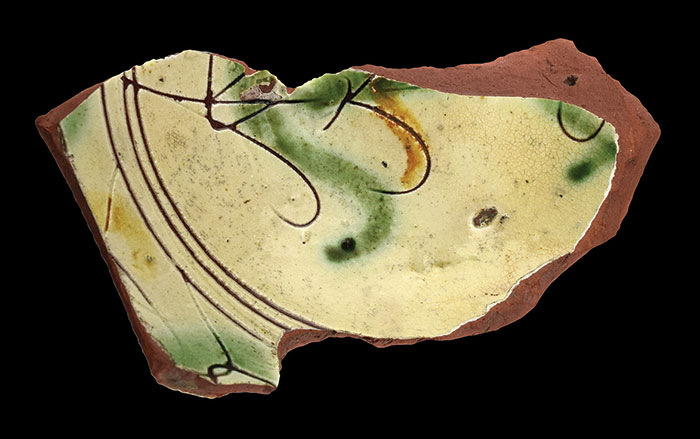
-
Features July/August 2015
In Search of a Philosopher’s Stone
At a remote site in Turkey, archaeologists have found fragments of the ancient world’s most massive inscription
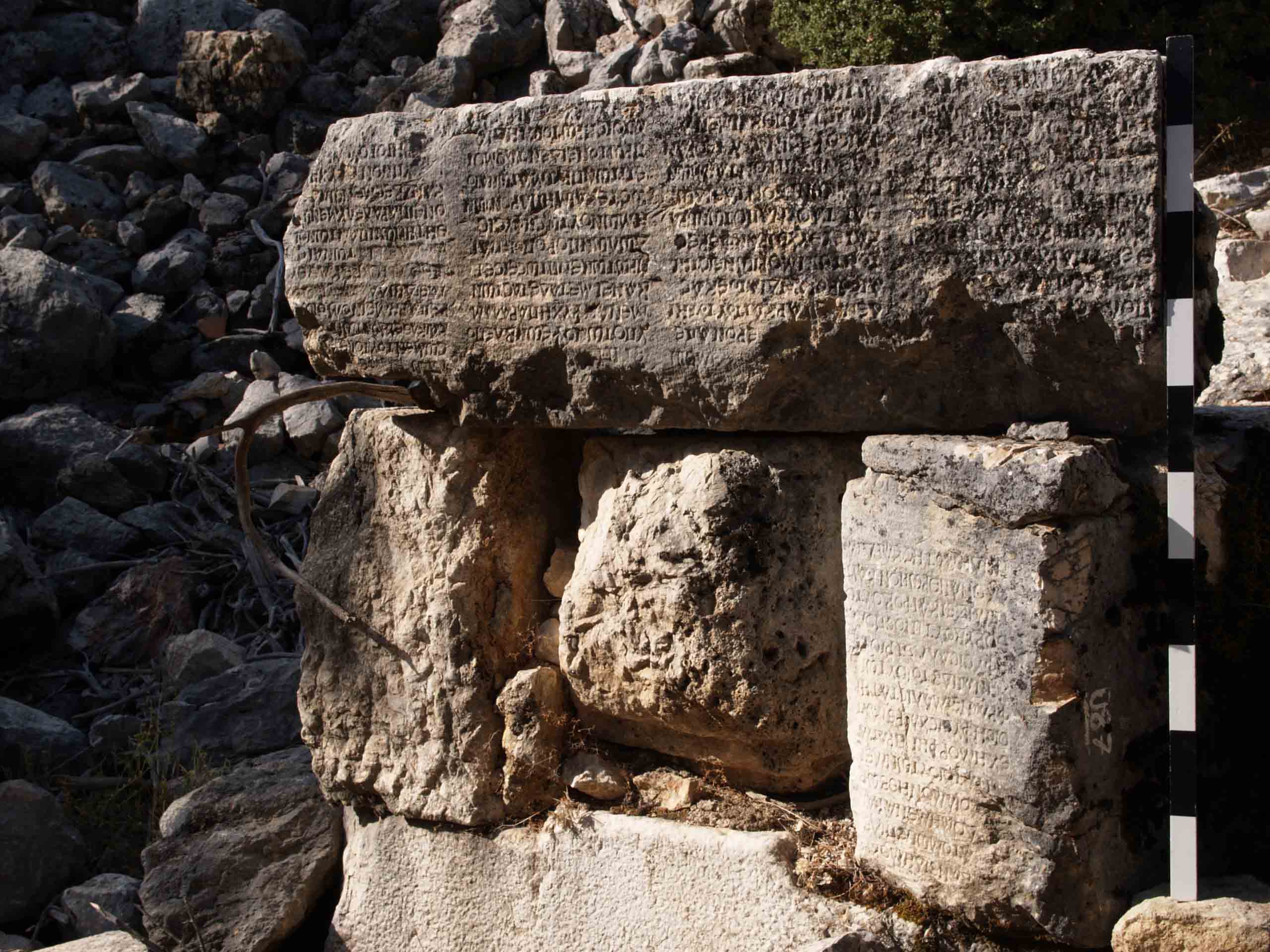 (Martin Bachmann)
(Martin Bachmann) -
Letter from Virginia July/August 2015
Free Before Emancipation
Excavations are providing a new look at some of the Civil War’s earliest fugitive slaves—considered war goods or contraband—and their first taste of liberty
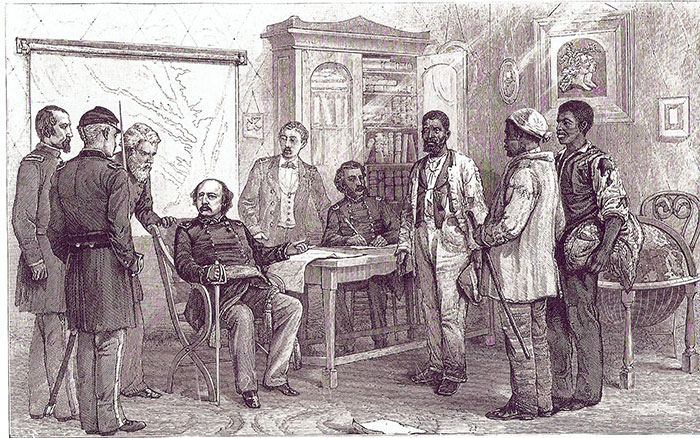 (Library of Congress)
(Library of Congress) -
Artifacts July/August 2015
Gold Lock-Rings
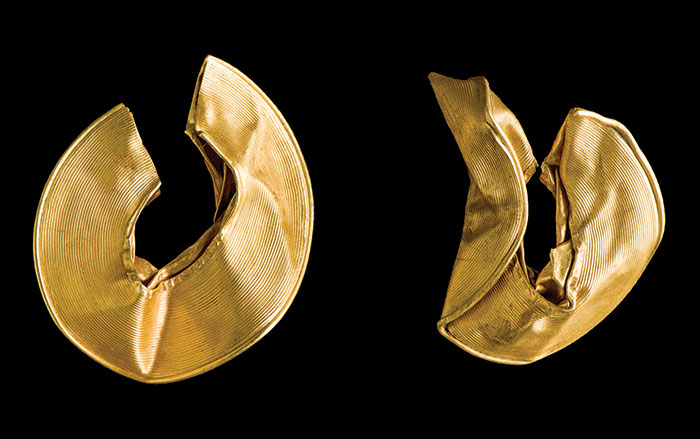 (Courtesy Amgueddfa Cymru-National Museum of Wales)
(Courtesy Amgueddfa Cymru-National Museum of Wales) -
Digs & Discoveries July/August 2015
A Spin through Augustan Rome
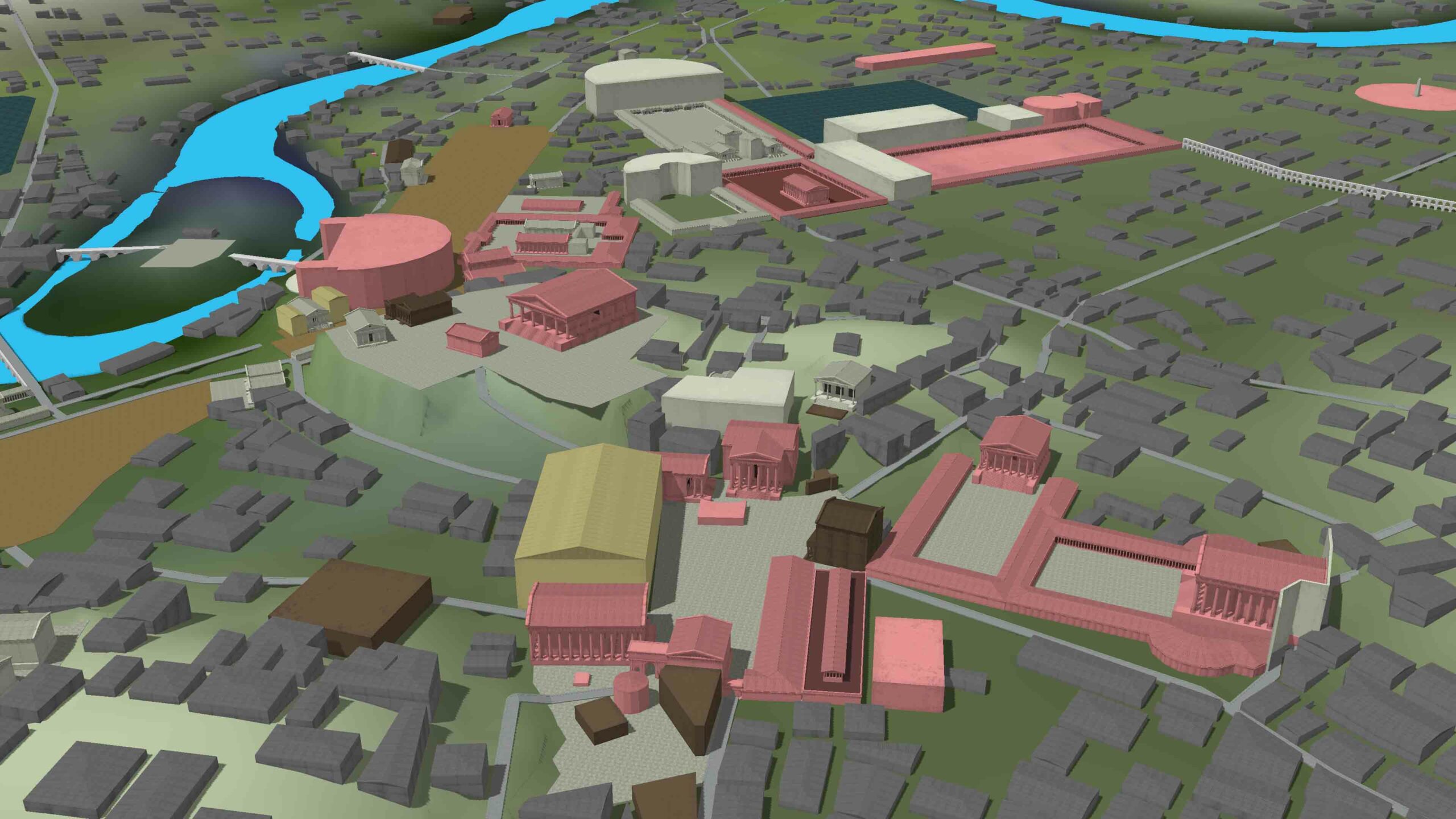 (Courtesy and created at the Experiential Technologies Center, UCLA, ©Regents of the University of California)
(Courtesy and created at the Experiential Technologies Center, UCLA, ©Regents of the University of California)



